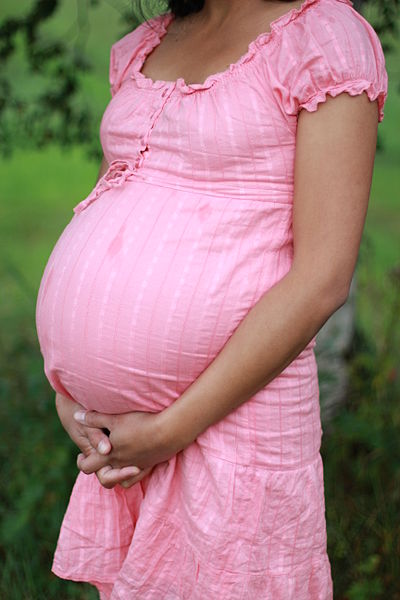It Took 7 Miscarriages, 10 IVF cycles, 9 Years, and Nearly $200,000 to Solve My Fertility Issues
By Elizabeth Katkin,
Marie Claire
| 06. 15. 2018
After six miscarriages, six fresh in vitro fertilization (IVF) cycles, two frozen IVF cycles, and one healthy not yet two-year-old daughter, I was told by my New York–based fertility specialist and embryologist to give up on having another genetic child. I had just turned 40. Though I had spent nearly $200,000 on fertility treatments in the U.S. and the U.K.—a staggering sum—my previous two IVF cycles had produced precisely zero useable embryos. The seasoned professionals at my clinic in New York gently told me that it was time to face facts: I likely had no good eggs left. Experts I had seen over the previous eight years echoed their opinion.
Throughout the course of my fertility journey, I had been “blessed” with the ability to produce lots of eggs. The IVF cycle that brought us our daughter had been no different than its predecessors: twenty-eight eggs retrieved, seventeen fertilized, and thirteen mature embryos on the third day of their existence—science-speak for a reassuringly ample supply. But genetic testing revealed a startling result: only three of our embryos were chromosomally normal...
Related Articles
By Jonathan Matthews, GMWatch | 12.11.2025
In our first article in this series, we investigated the dark PR tactics that have accompanied Colossal Bioscience’s de-extinction disinformation campaign, in which transgenic cloned grey wolves have been showcased to the world as resurrected dire wolves – a...
By Jenny Lange, BioNews | 12.01.2025
A UK toddler with a rare genetic condition was the first person to receive a new gene therapy that appears to halt disease progression.
Oliver, now three years old, has Hunter syndrome, an inherited genetic disorder that leads to physical...
By Simar Bajaj, The New York Times | 11.27.2025
A common cold was enough to kill Cora Oakley.
Born in Morristown, N.J., with virtually no immune system, Cora was diagnosed with severe combined immunodeficiency, a rare genetic condition that leaves the body without key white blood cells.
It’s better...
By Rachel Hall, The Guardian | 11.30.2025
Couples are needlessly going through IVF because male infertility is under-researched, with the NHS too often failing to diagnose treatable causes, leading experts have said.
Poor understanding among GPs and a lack of specialists and NHS testing means male infertility...




